“Core Training” – What It Is and How to Progress It – Part II
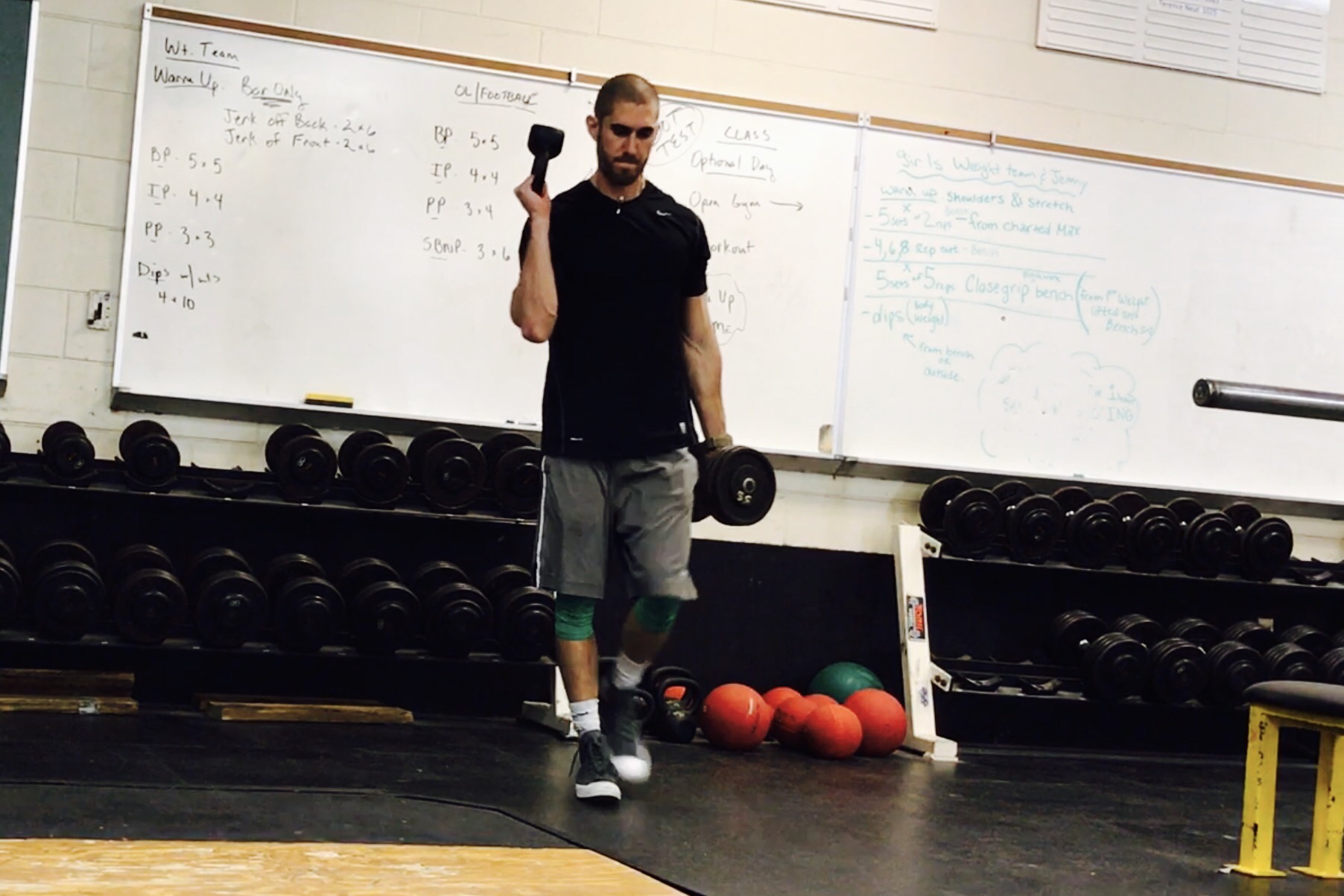
In Part I of this series we discussed the general importance of the trunk/core musculature to baseball and pitching and defined its role in throwing and training. We then detailed the first phase of training for the trunk within the training programs that I write and implement for amateur ballplayers, which was classified as “Basic Trunk Stability”.
In Part II of this series 3-part series we will go over my second phase for training the trunk, “Dynamic Stability”, and set the stage for Part III, which will touch on “Power/Speed” training for the trunk.
As stated in the previous installment, this series aims to be informative and practical, thus brief context and explanations are given for eact phase and categories of movement, while plenty of exercise examples are given and illustrated.
PHASE II – DYNAMIC TRUNK STABILITY
Overview: after basic and integrated strength and stability levels are established for the trunk/core, and postural alignment has been appreciated and learned (during Phase I) we can then take the next step in training the core: developing stability against varying resistances and through more dynamic patterns.
Goals:
- Further enhance strength of the core musculature through multiple planes – sagittal, frontal, and transverse.
- Learn to dynamically stabilize the spine through and against movement.
- Learn to absorb and dissipate forces with the trunk
Duration: typically 8-12 weeks
The overarching theme of this phase is to take the trunk stability gaimed durging the initial phase of trunk stability training, and continue to develop it through more difficult exercise progressions – ones that take the form of more dynamic movement.
I personally break these exercises out into a few categories:
- Dynamic Anti-Extension
- Dynamic Anti-Rotation
- Force Absorption
- Movement-Based
The semantics of the categories are irrelevant – it is simply a way for me to categorize and organize exercises in order to ensure that we progress our training into dynamic stability in all three planes of motion.
Sample Exercises and Progressions:
1. Dynamic Anti-Extension
High or Low Plank Body Saw ->
Barbell Rollout ->
Partner Rhythmic Perturbation Planks ->
Partner Random Perturbation Planks
2. Dynamic Anti-Rotation
Banded Pallof Walkouts ->
Banded Pallof Press w/ Rhythmic Perturbations ->
Banded Pallof Press w/ Random Perturbations and/or Eyes Closed
3. Force Absorption
Medicine Ball Scoop Catch (Stick) ->
Medicine Ball Scoop Catch (Absorb)
4. Movement-Based
Farmers Carry ->
Briefcase Carry ->
Briefcase Carry w/ Bottoms-Up KB
Contralateral Bear Crawl ->
Ipsilateral Bear Crawl ->
Lateral Bear Crawl
***
Overall, progressions generally move in the following directions:
- From predictable to unpredictable/random movement
- From more static to more dynamic
- From rhythmic opposing forces to variable opposing forces
- From contralateral (opposite limbs) or bilateral (both limbs) loading/movement to ipsilateral (same limb) or unilateral (one limb) loading/movement
- From gradual force absorption to abrupt force absorption
Benchmarks: Overall, the athlete must show an understanding and proficiency in the aforementioned goals before progressing to the next phase. Generally, this takes roughly 8-12 weeks
***
In Part III of this series we will discuss the ultimate phase of trunk/core training in my programming, which we refer to as our power/speed phase.
Comment section
Add a Comment
You must be logged in to post a comment.
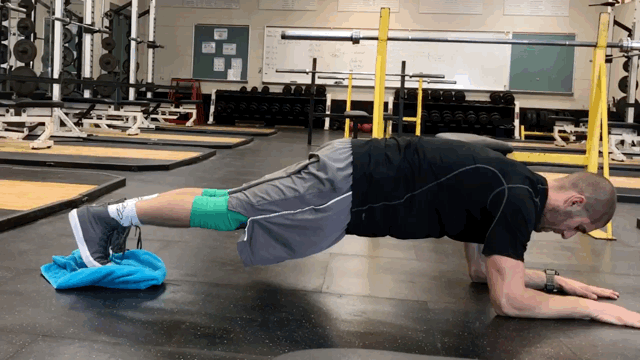
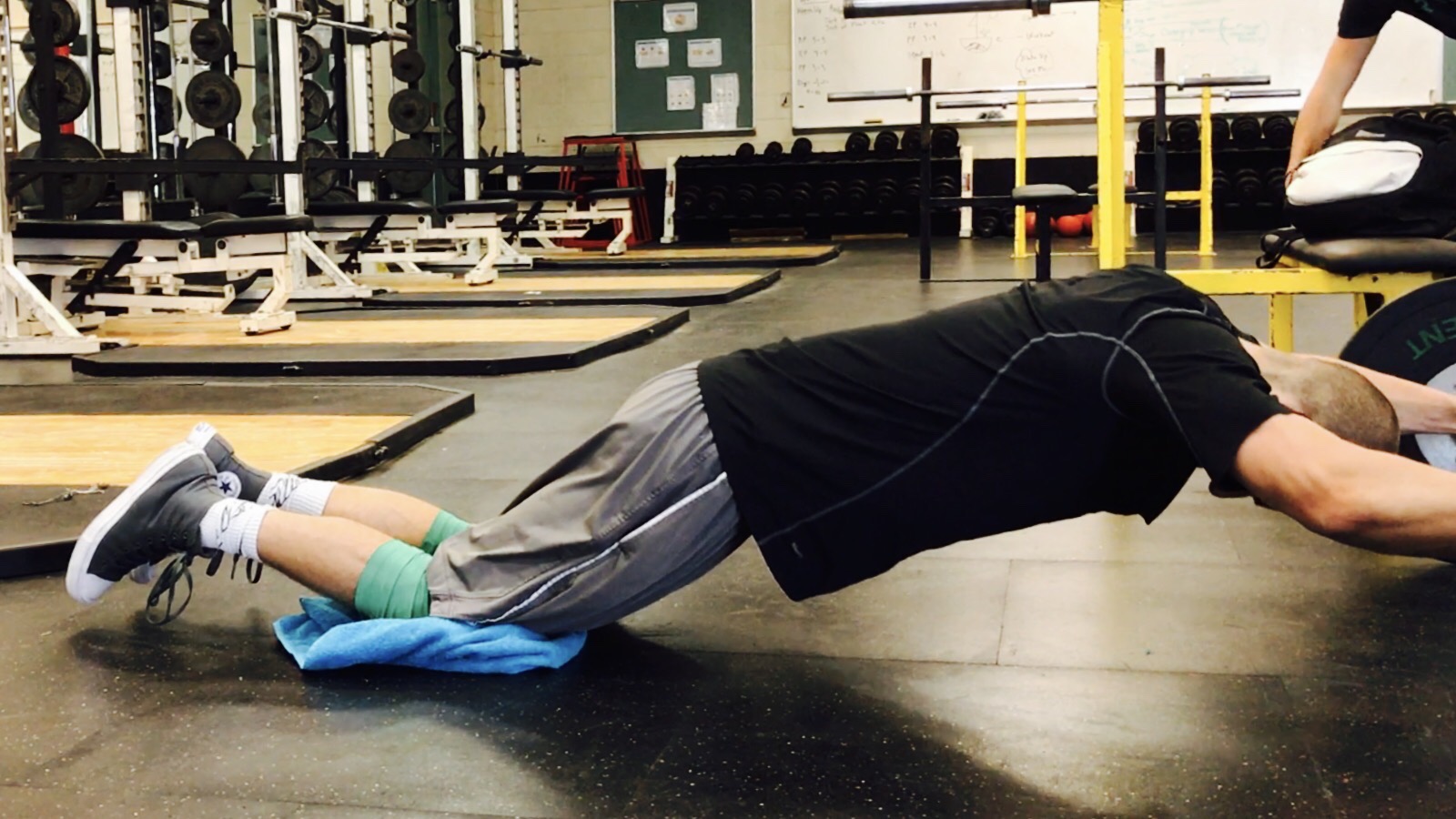
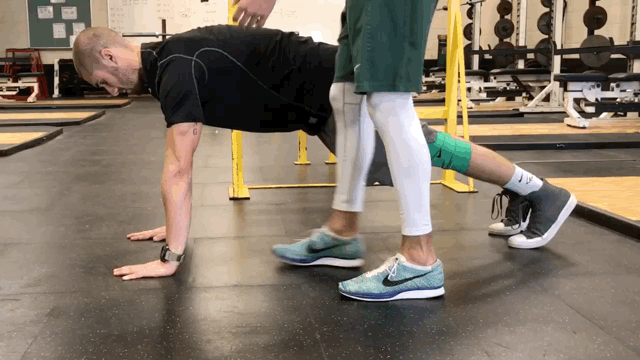
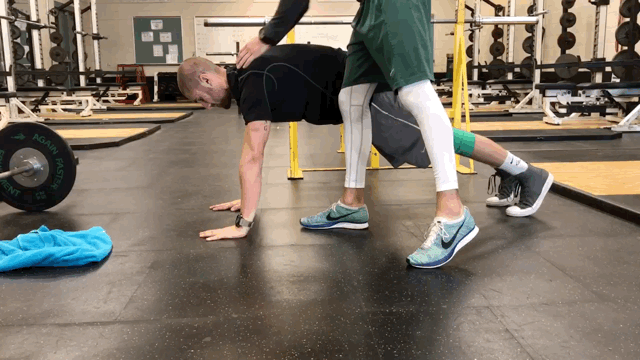
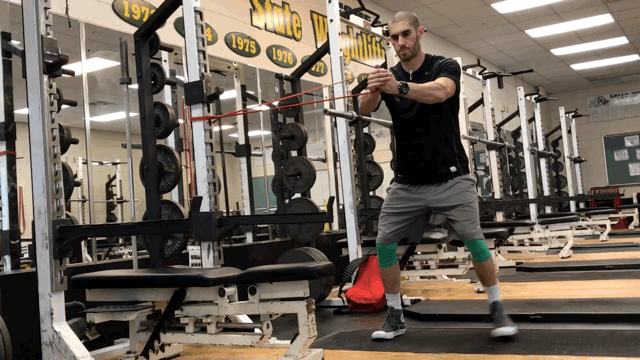
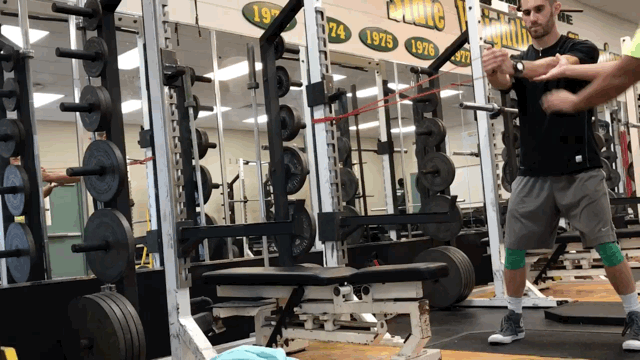
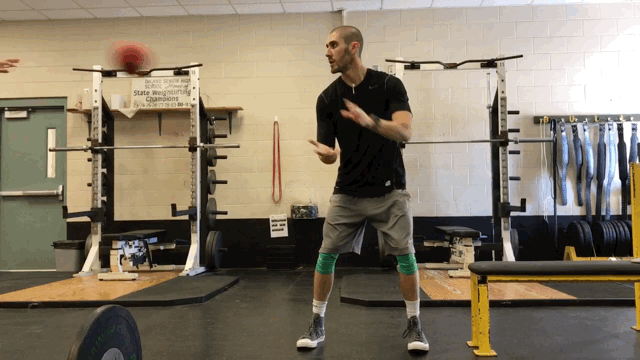
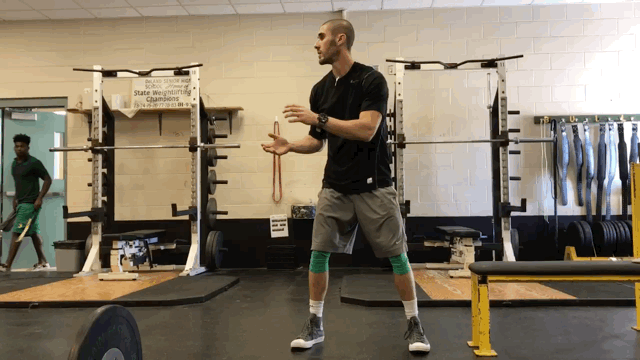
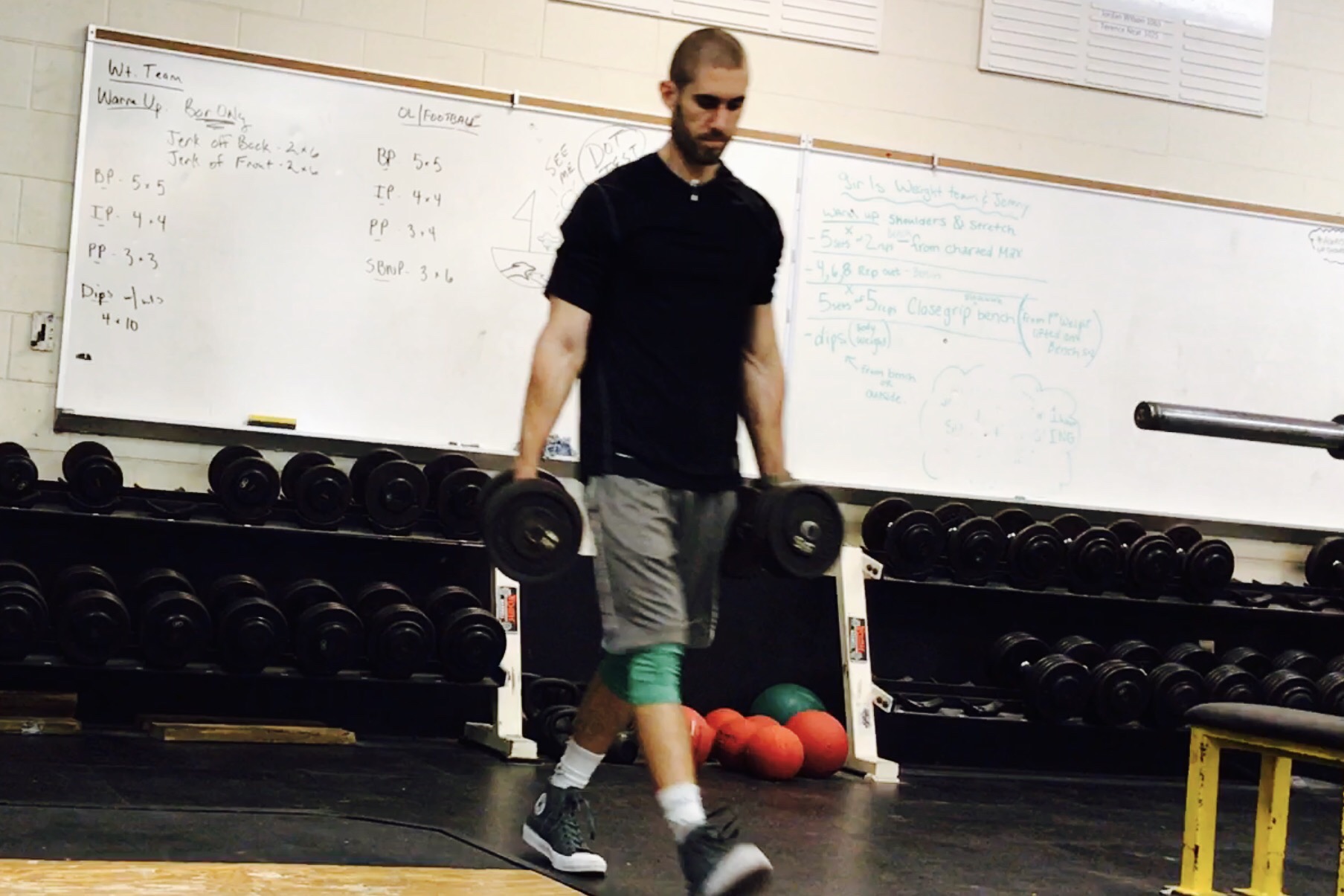



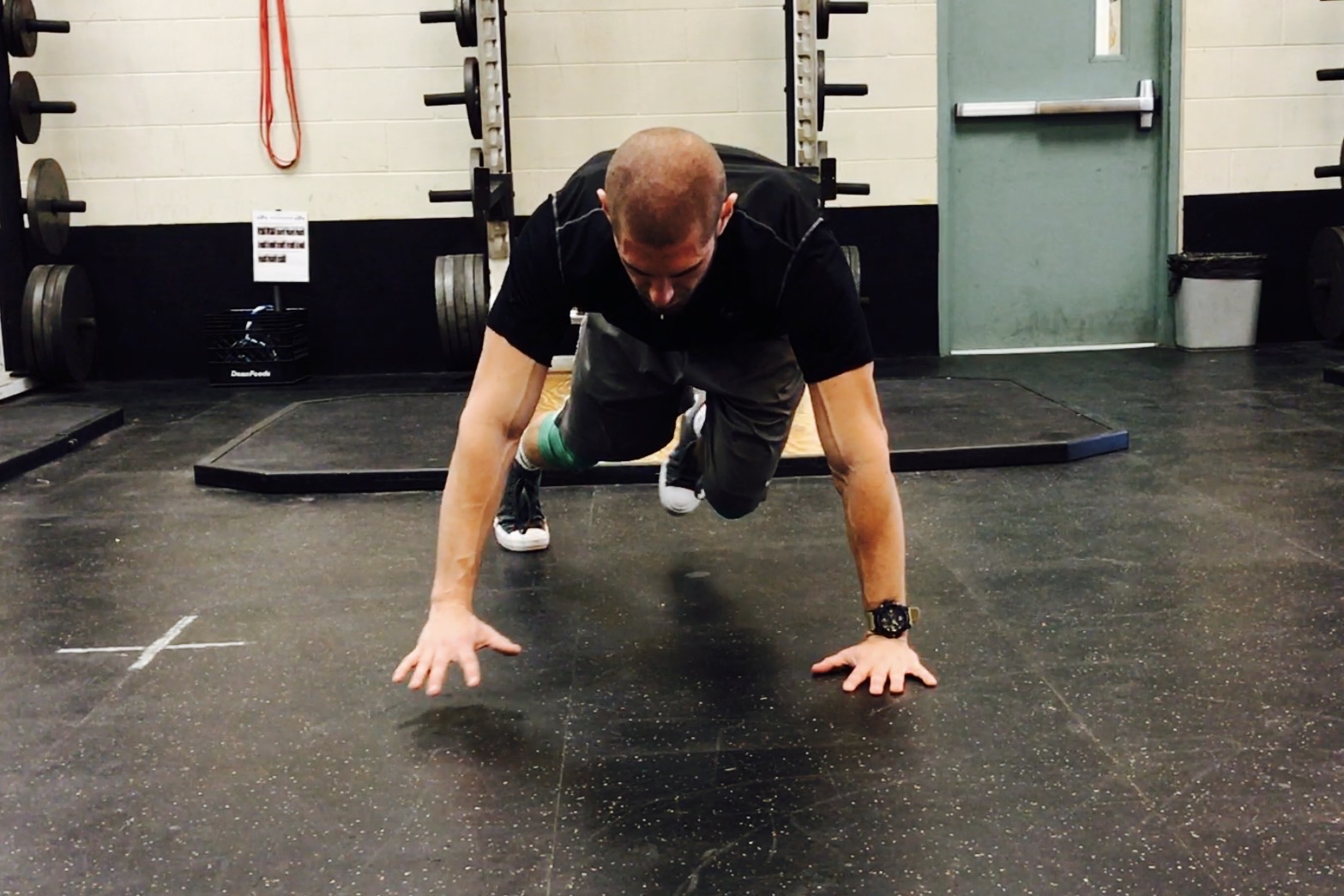
“Core Training” – What It Is and How to Progress It – Part III - Driveline Baseball -
[…] Part II covered the next step in the trunk training progression – taking that newly developed trunk […]